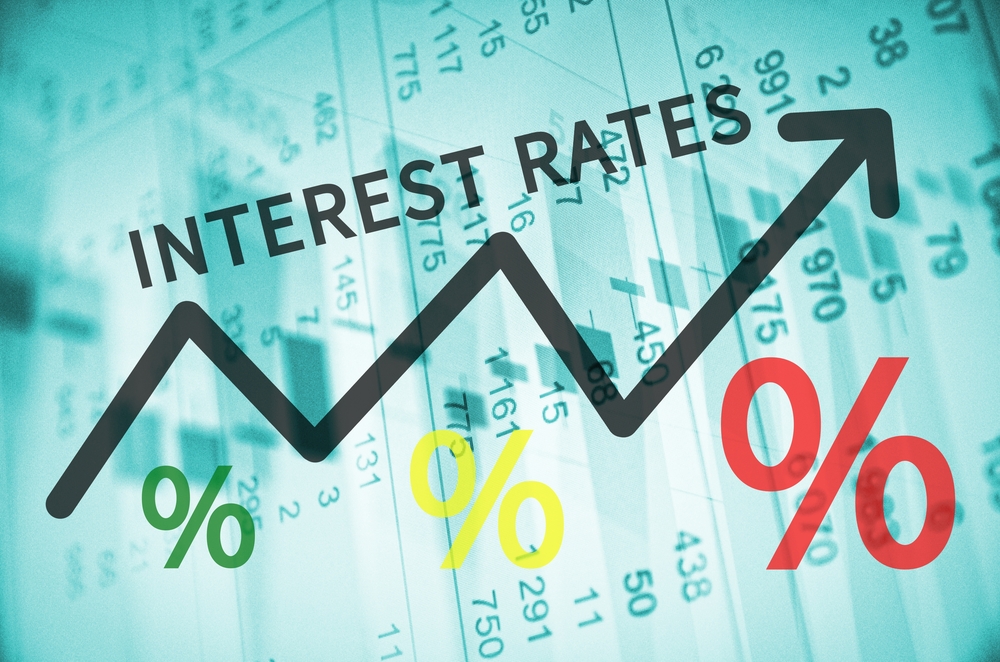News
It’s official: Savings rates fall to record lows

Savings rates across the board have fallen to their lowest levels on record but with cash deposits riding high, savers should continue to compare and switch to the best deals.
The average easy access rate has fallen to just 0.19% this month, less than a third of the 0.60% rate paid in December 2019.
Fixed rates have also plunged, with a one-year bond now paying an average 0.54%, less than half the 1.23% offered this time last year.
Savers are also contending with less choice with the live savings product count down to 1,164 today, from 1,411 last year.
When it comes to ISAs, they’ve also been in the firing line on rate with the average easy access rate falling to 0.27% from 0.87% in December 2019. The product count has also reduced, from 415 to 350.
The data from Moneyfacts reveals that all average savings rates fell month-on-month and are at their lowest point since its electronic records began in 2007.
This comes at a time when savers continue to flood the market with nearly £70bn of inflows into interest-bearing accounts this year.
Rachel Springall, finance expert at Moneyfacts, said it’s been a tough year for savers, and they will be approaching the end of 2020 with rates falling to record lows.
“Savings providers have had to react to an extremely volatile market this year and this has meant deals have been cut multiple times in a short space of time in some cases or withdrawn from the market entirely. In recent weeks, the easy access market has changed considerably as savers continue to flood this arena thanks to the flexibility the accounts provide, and the recent rate cuts made by National Savings and Investments.
“The latest Bank of England statistics show that the inflow into interest-bearing sight deposits hit £7.1bn during October, a rise from £6.6bn in September, and since January an inflow of almost £70bn. Data from UK Finance echoes that savers have built up cash reserves from the lockdown and the majority of consumers are preferring easy access accounts over a fixed term, which is understandable considering prevalent economic uncertainty. Savers may well continue to choose quick access to funds over a higher rate of interest moving forward.”
Springall added that cash ISAs haven’t been left unscathed from rate cuts this year and some savers have even drawn cash out, as the Bank of England recorded an outflow of £358m from cash ISAs in October. ISAs still provide longer-term tax-free benefits and it’s important that savers review any ISA they have and consider switching accounts if they find their rate is no longer attractive.
She said: “The sight of record low interest rates may cause apathy among savers, but it is vital they continue to compare deals on a frequent basis, especially if they have their cash within an easy access account or are about to come off a fixed-rate deal. There are many challenger banks that continue to take a consistent place within the top rate tables, so it really is worth considering these more unfamiliar brands if savers are hunting down the most attractive rates.”
